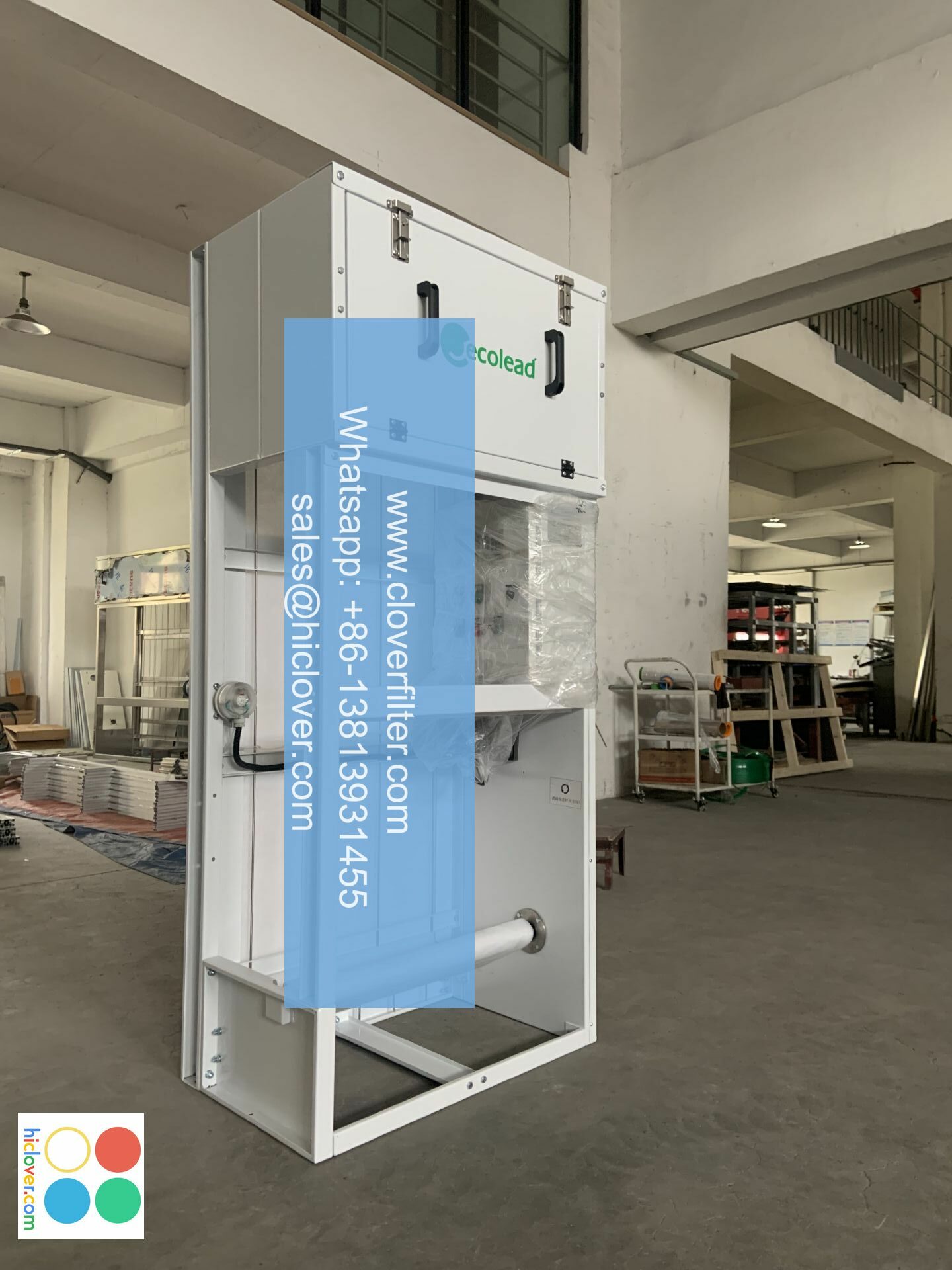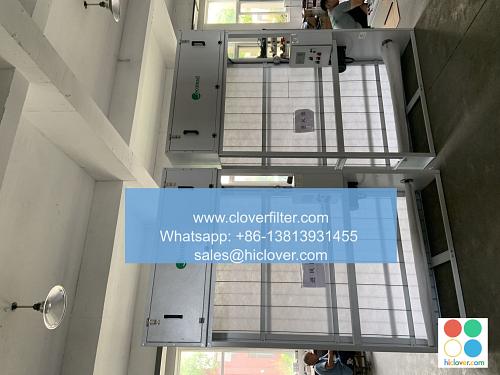Understanding EU Regulations on Air Filter Emissions

The European Union (EU) has implemented stringent regulations on air filter emissions to reduce the environmental impact of industrial activities and promote sustainable development. The EU’s regulatory framework is designed to minimize the release of harmful pollutants and particulate matter (PM) into the atmosphere, thereby protecting public health and the environment. In this article, we will delve into the key aspects of EU regulations on air filter emissions, highlighting various application areas and the importance of industrial air filtration systems, air pollution control, and sustainable emission reduction.
EU Legislation and Standards
The EU’s regulatory framework for air filter emissions is governed by several directives and regulations, including the Industrial Emissions Directive (IED), the Ambient Air Quality Directive, and the EU Emissions Trading System (EU ETS). These regulations set binding limits for the emission of pollutants, such as particulate matter (PM), nitrogen oxides (NOx), sulfur dioxide (SO2), and volatile organic compounds (VOCs). The EU’s Best Available Techniques (BAT) concept is also crucial in determining the most effective and efficient emission reduction measures for various industrial sectors.
Application Areas and Industries Affected
The EU regulations on air filter emissions apply to various industries and application areas, including:
* Power generation: fossil fuel-based power plants, biomass power plants, and waste-to-energy plants
* Industrial processes: cement production, steel manufacturing, and chemical processing
* Waste management: landfills, waste incineration, and waste recycling facilities
* Transportation: vehicles, ships, and aircraft
These industries must implement effective air filtration systems and emission control technologies to minimize the release of pollutants and comply with EU regulations.
Emission Reduction Technologies and Strategies
To comply with EU regulations, industries can employ various emission reduction technologies and strategies, such as:
* Particulate matter (PM) control: using fabric filters, electrostatic precipitators, and wet scrubbers
* Nitrogen oxides (NOx) reduction: using
* Volatile organic compounds (VOCs) control: using activated carbon filters and biological treatment systems
Industries can also adopt sustainable practices, such as energy efficiency measures, renewable energy sources, and waste reduction and recycling to minimize their environmental impact.
Conclusion
In conclusion, the EU regulations on air filter emissions are designed to protect public health and the environment by reducing the release of harmful pollutants and particulate matter. Industries must comply with these regulations by implementing effective air filtration systems and emission control technologies. By understanding the EU’s regulatory framework and adopting sustainable emission reduction strategies, industries can minimize their environmental impact while promoting sustainable development and environmental sustainability. It seems like you’re ready to start a conversation or ask a question, but you haven’t provided any details yet. What’s on your mind? Need information on a specific topic, help with a problem, or just want to chat? I’m here to help!

